After our morning visit to Clonmacnoise, we headed to the area of western Ireland (County Clare) called the Burren National Park. The Burren, as it is known, is a one-of-a-kind place. I've never been to a place quite like it before. The area is charactierised by limestome slabs with fisures, formed during the glaciers 100,000 years ago. It's such a unique place that alpine and Mediterranian plants grow here, and it's host to a diversity of plantlife.
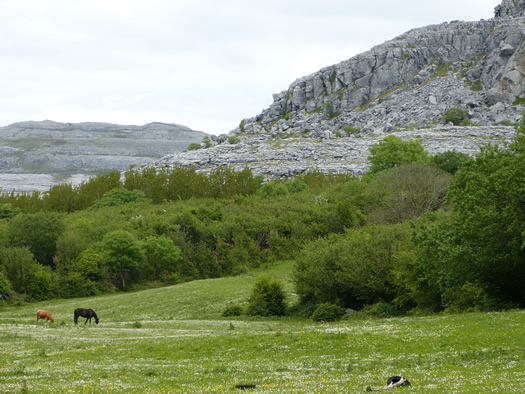
The National Park is filled with history as well as its geological features. Megolithic tombs and settlements can be found. Impressive cliffs, picturesque villages and caves can also be discovered.
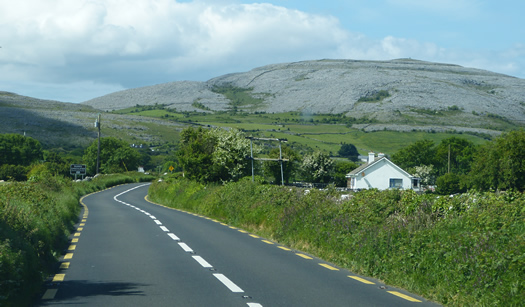
We drove in on the northern part of the road with nice views over the sea. We went through a couple of charming towns and ended up having a quick lunch in a cafe. Our first stop after lunch was a drive down some winding roads, leading up into the National Park with some impressive views. We stopped off at Aillwee Cave, on the side of a hill. The impressive limestone rocks were above us on the hillside, and I caught some bees buzzing around pretty flowers.

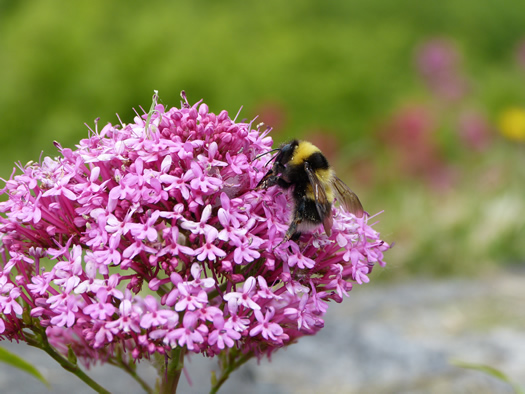
The views of the rolling green hills with barren limestone-topped hilltops were amazing.
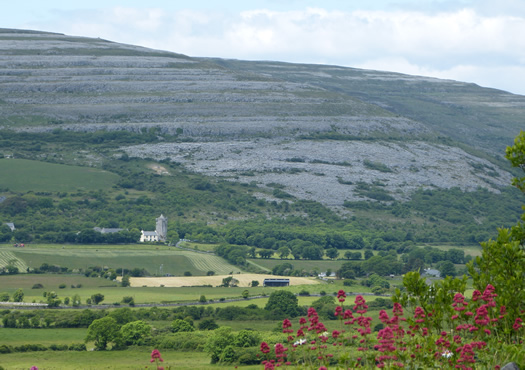
We did not have to wait long for our tour to begin. Tours of Aillwee Cave seemed to be popular, and we shared our tour with a large group of people. I'm not sure cave tours are good for children, though. One family took their little girl, and she got frightened of the dark and cried during the duration of the tour.
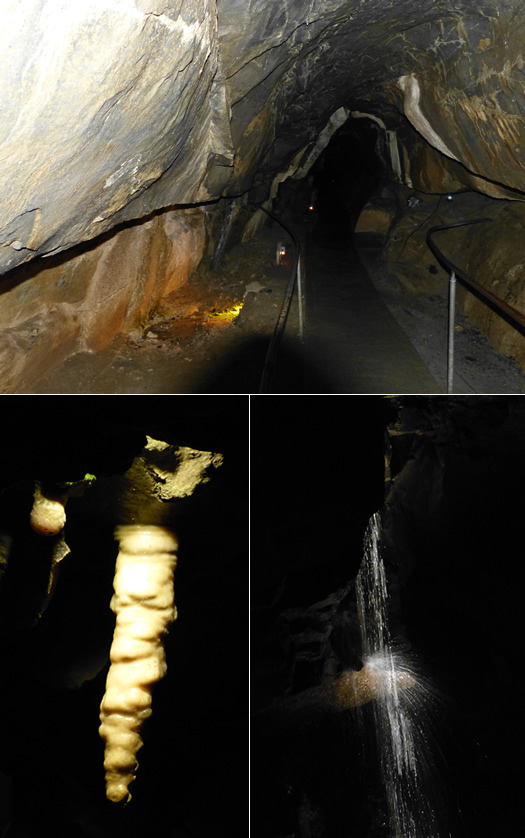
Aillwee Cave was discovered by a local farmer who followed his dog chasing a rabbit. He kept the cave a secret for many years. It does contain an underground river and a waterfall amongst other popular cave features. The waterfall was the most impressive feature.
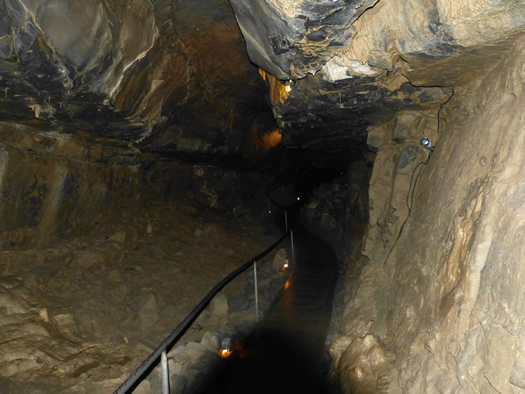
The cave is also popular because remains of bears were found inside. A reconstruction of a bear den is located near the start of the tour.
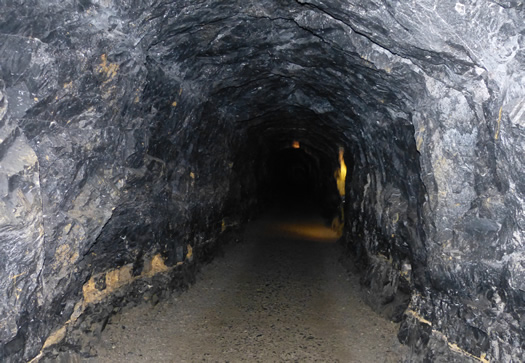
After the tour, we walked back through a different tunnel, which is a man-made tunnel. The cave was used in an episode of Father Ted, and the Father Ted house is also located in the Burren, which I really wanted to see but did not get to. Of course, we had to also visit the shop.
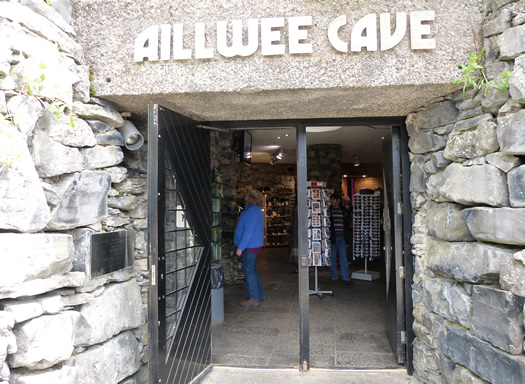
After the visit to Aillwee Cave, we headed for a drive through the Burren toward Doolin, which was the location of our hotel.
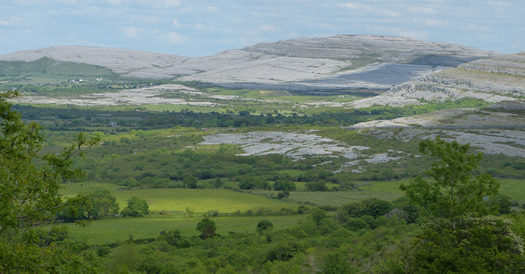
We ended up at Doolin Cave.
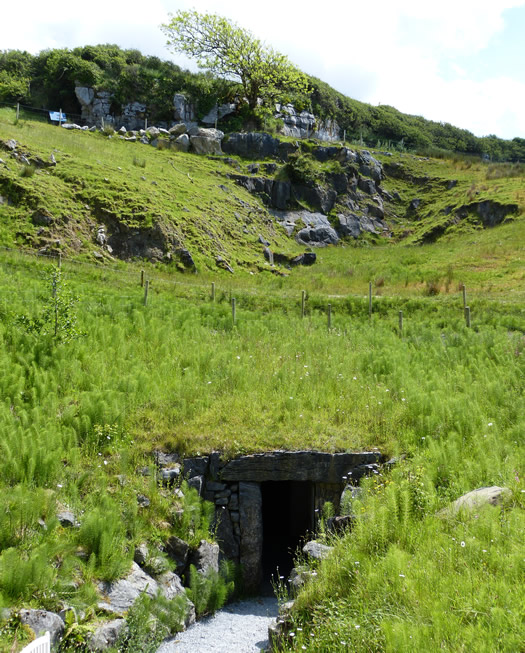
We arrived just before the final tour, and we were the only four people on the tour. Another group had just finished and they said it was amazing, so we were looking forward to the surprise. While we waited, we read the information in the visitor centre about how the new entrance (pictured above) was created. It is five meters wide and 25 meters deep. The tunnels to the stalactite were dug by hand so that they would not cause damage. It took almost a year to open due to the work required to get the tunnels dug.
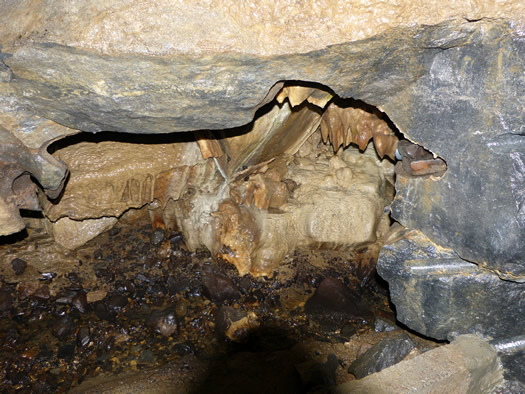
The first part of the tour was negotiating some low ceilings and tight spaces. We saw some rock features, which had some names. Then, we ended up in a massive chamber with the most amazing and largest stalactite that I have ever seen in my life suspended from the ceiling. Apparently it is the fourth largest in the world and the largest in Europe. It's suggested that it is 11 meters long. Mexico has the two largest, and Lebanon has the third largest in the world.
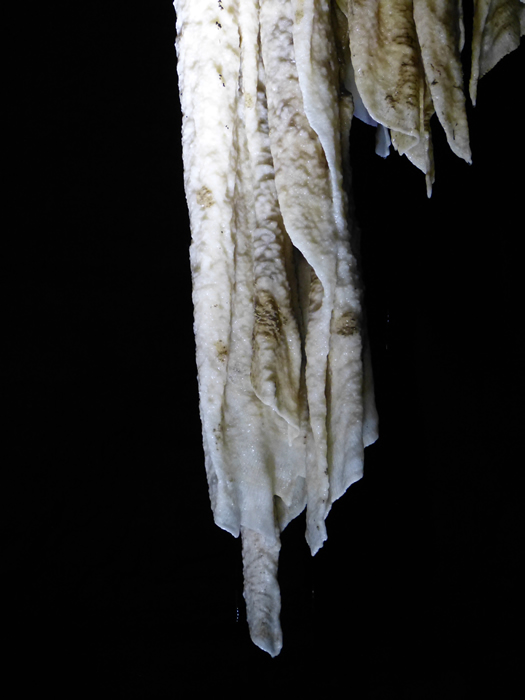
The Great Stalactite is the feature of Doolin Cave. It is unknown how long the stalactite has been growing, but it's probably tens of thousands of years old, and it's still growing. Some of it has stopped growing, and it's clear to see which part of the stalactite is 'dead' and which is still growing. The whiter the stone, the newer the part. Stalactites grow from the calcium in the rocks coming through the limestone.
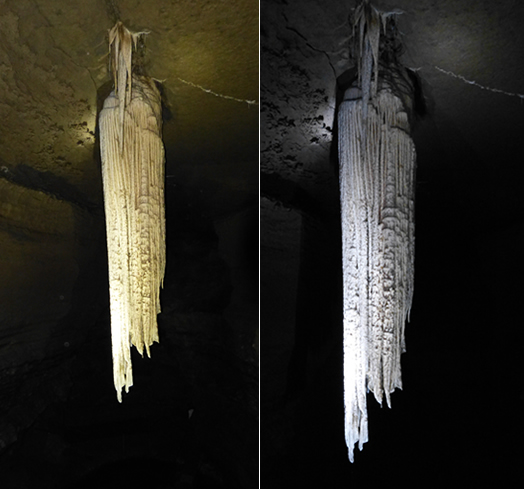
The Great Stalactite was illuminated with different lights, and we could walk around it to see it at different angles.
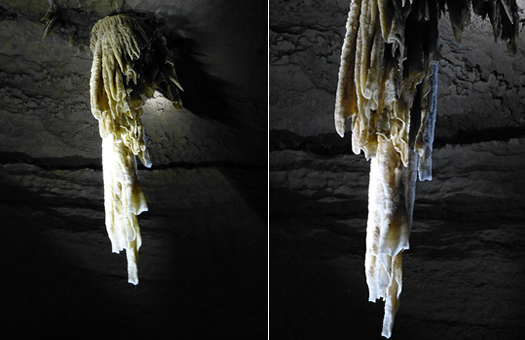
After visiting the cave and its impressive stalactite, we had the option to walk a 1km trail. We did walk this and saw wildflowers and goats. Along this trail, we could also see the original cave opening.
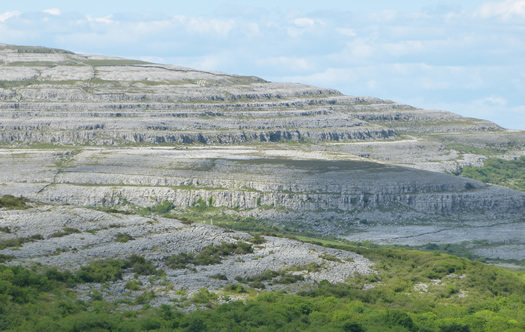
Another place we visited in the Burren (near Gort) was Kilmacduagh. Kilmacduagh is ruins of a monastery. Some of the buildings in this complex date to the 7th century, and it was an important location in the middle ages, when more of the buildings at the location were constructed.
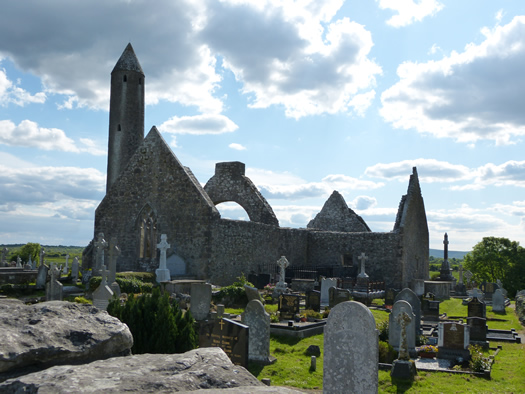
There was not a visitor centre open when we went, so we explored the ruins on our own. By the time we arrived, it was early evening.
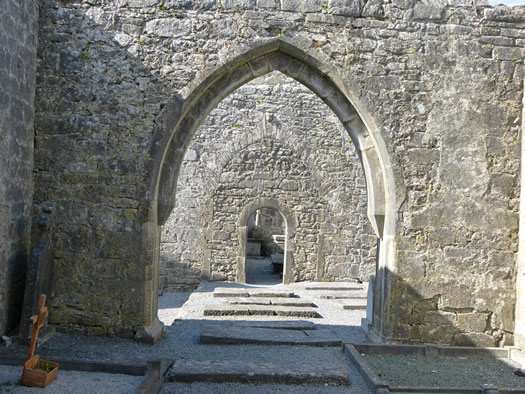
The monastery ruins do have an attractive round tower, a common theme for Irish monestaries. The ruins are also known as "the seven churches" after the buildings here, but there actually were no seven churches on the site.
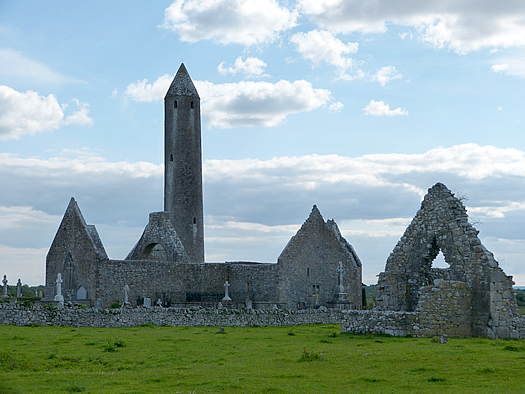
We could not access some of the buildings, but we had a good look around the site. Unfortunately, there seems to be a lack of information about the site.
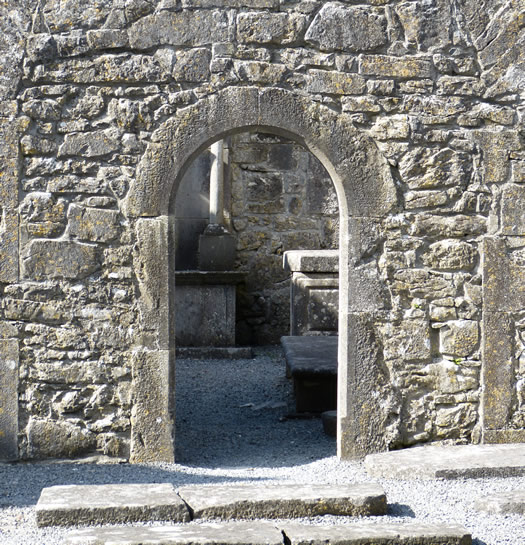
Have you ever been to the Burren?
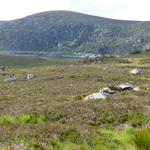
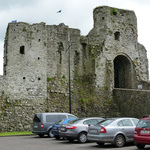

Leave a comment